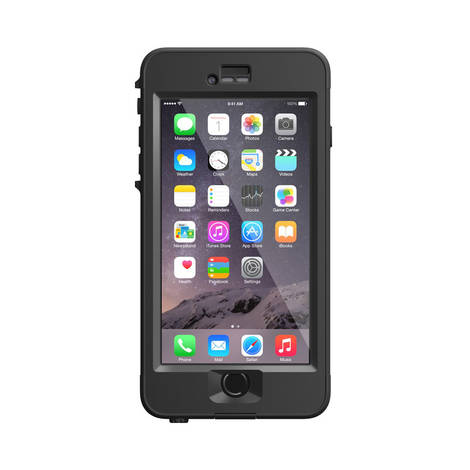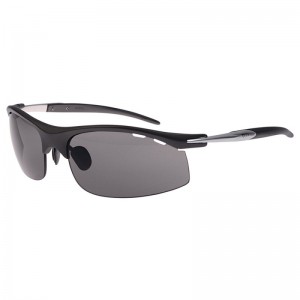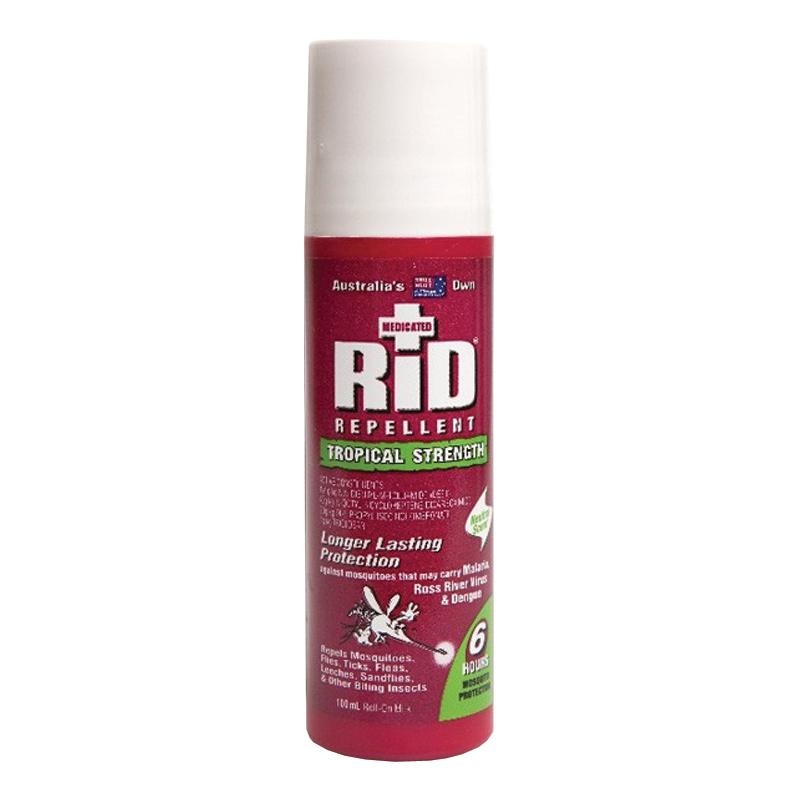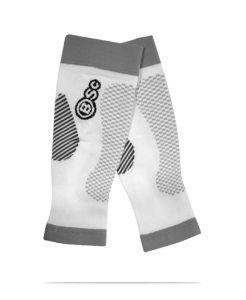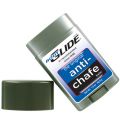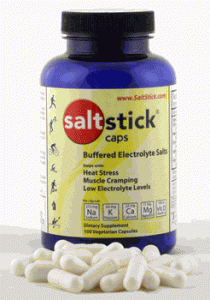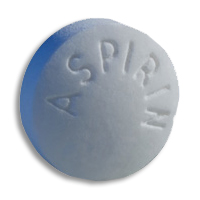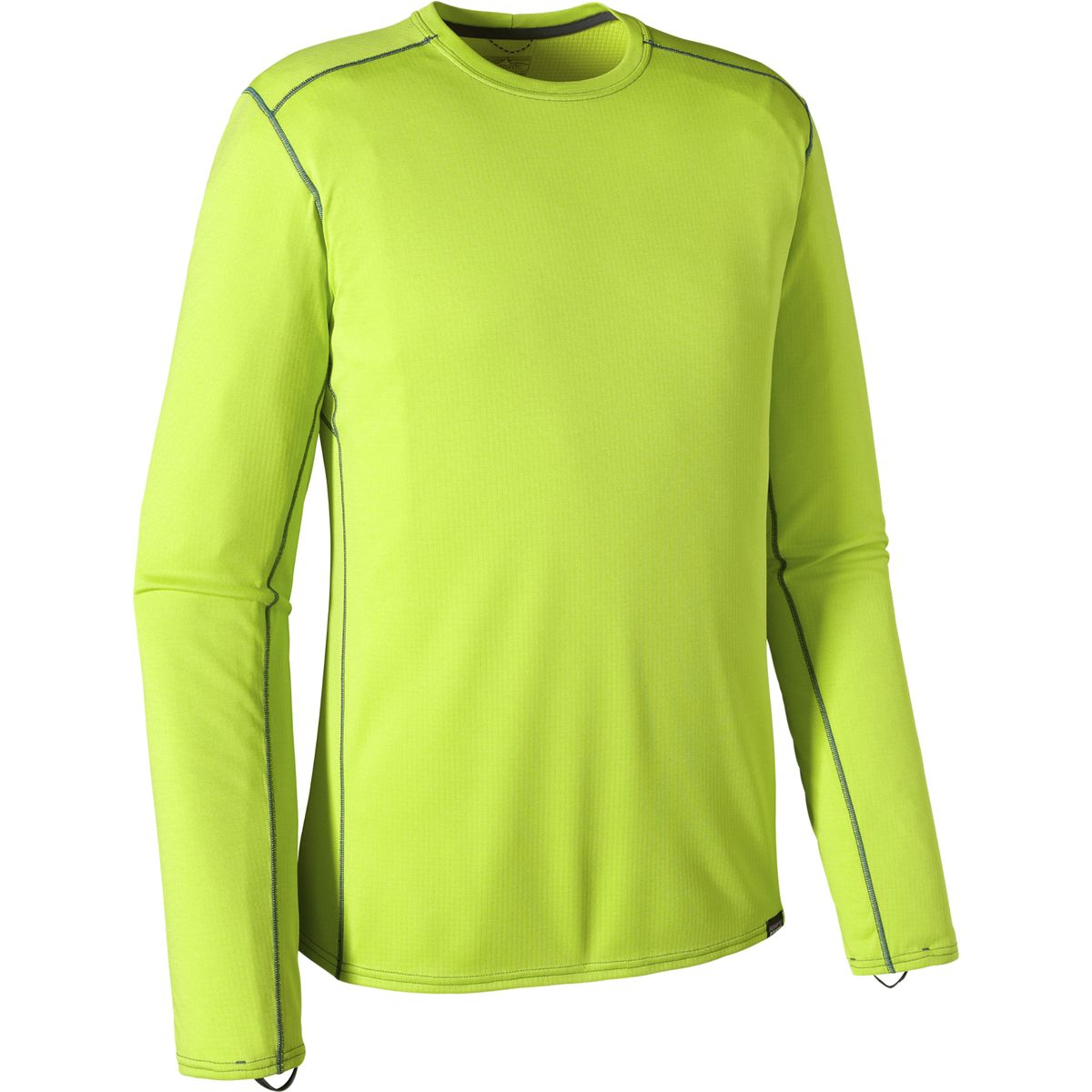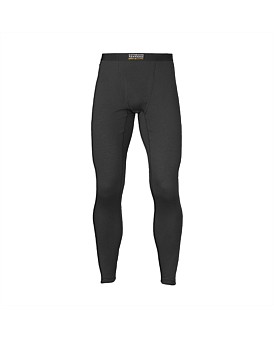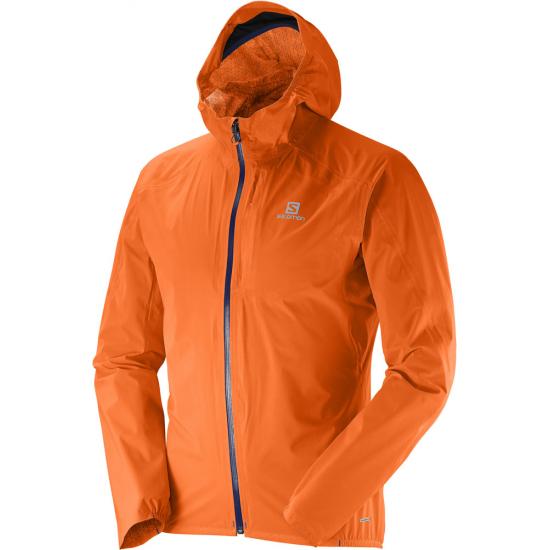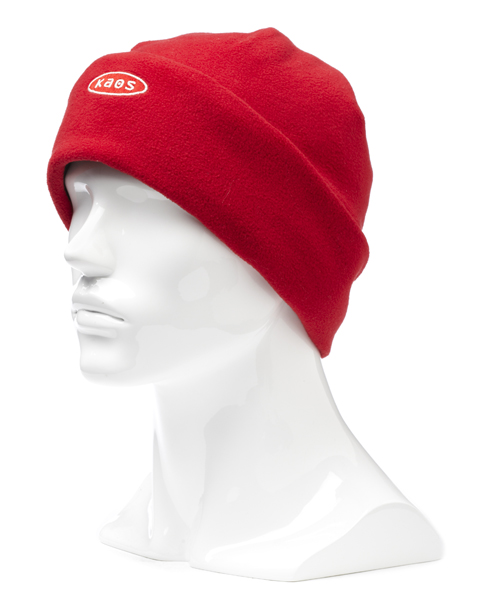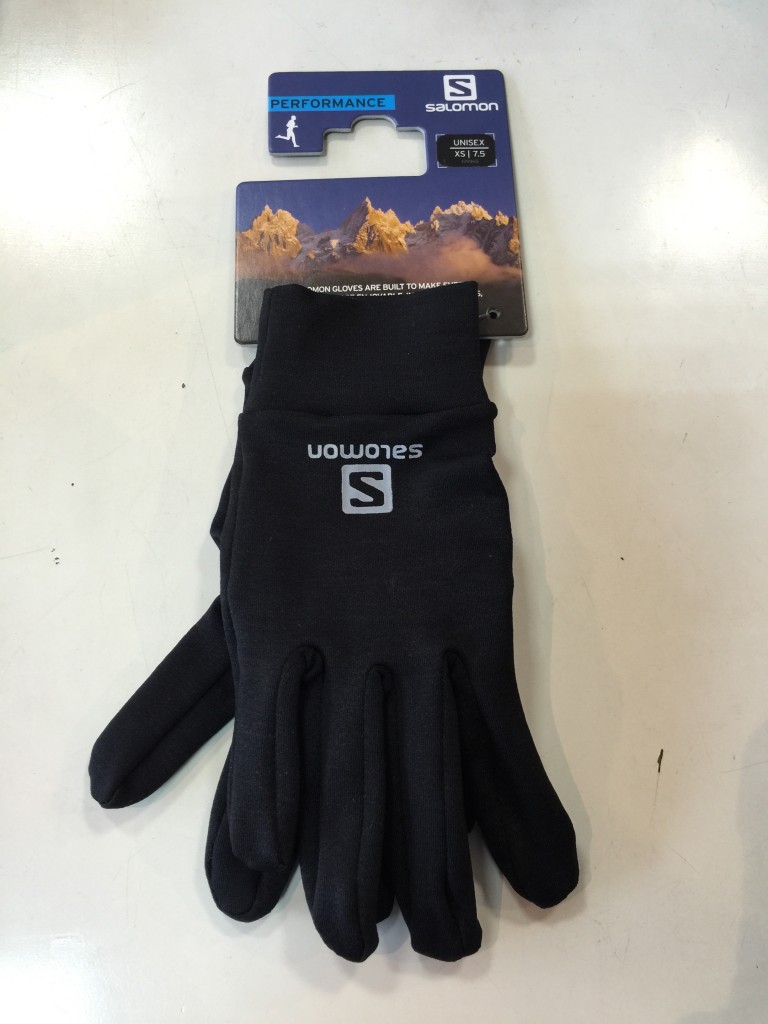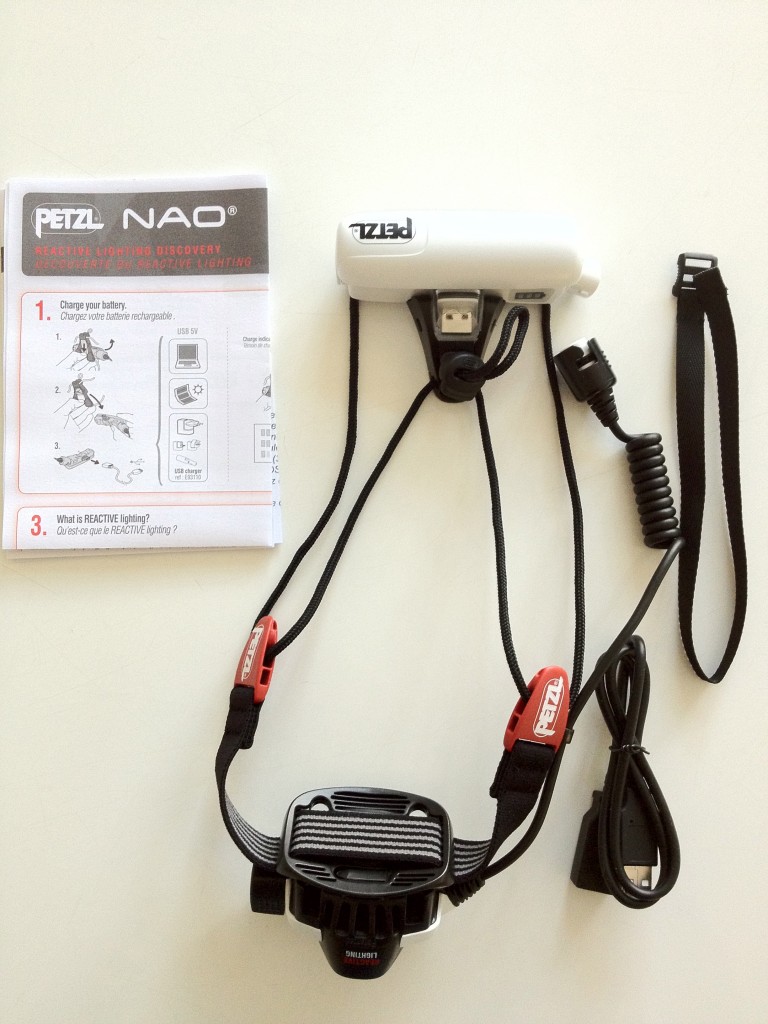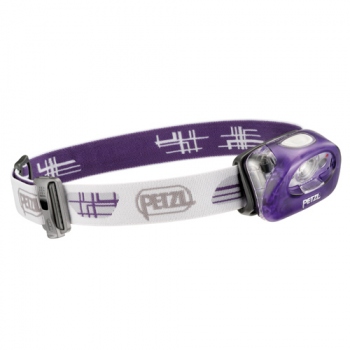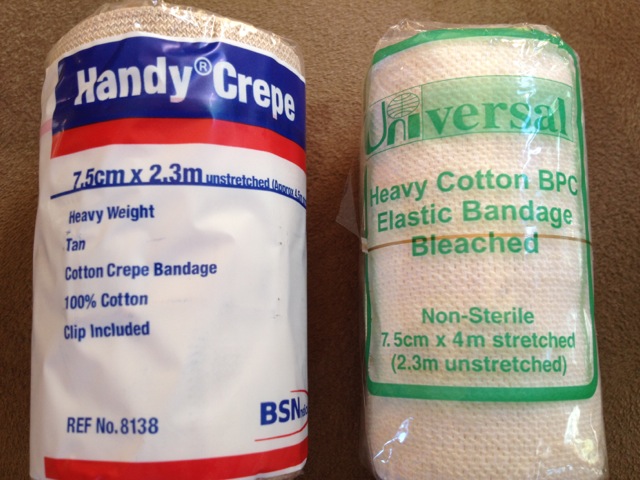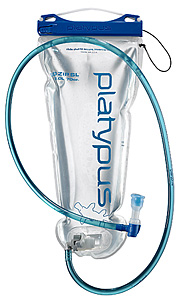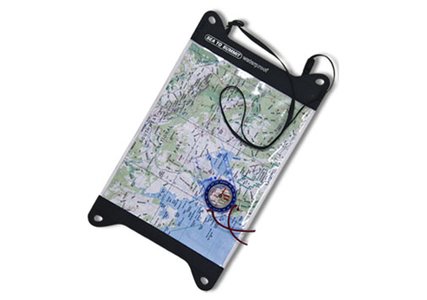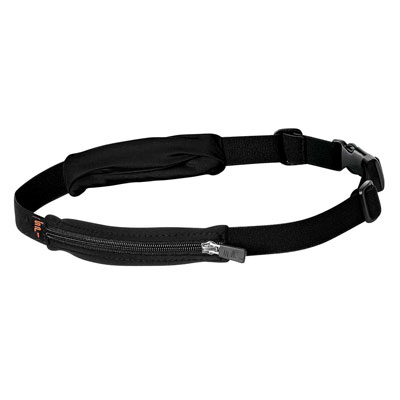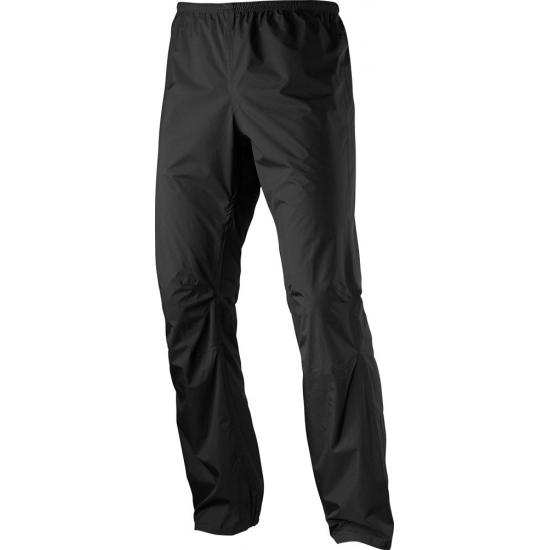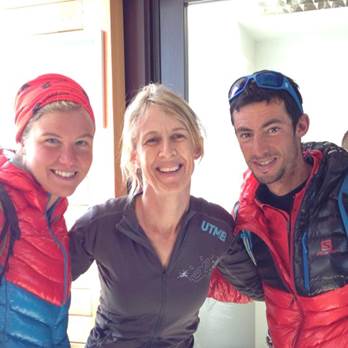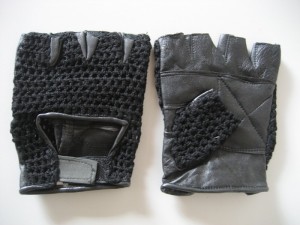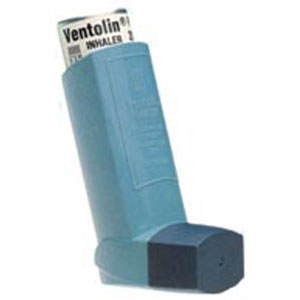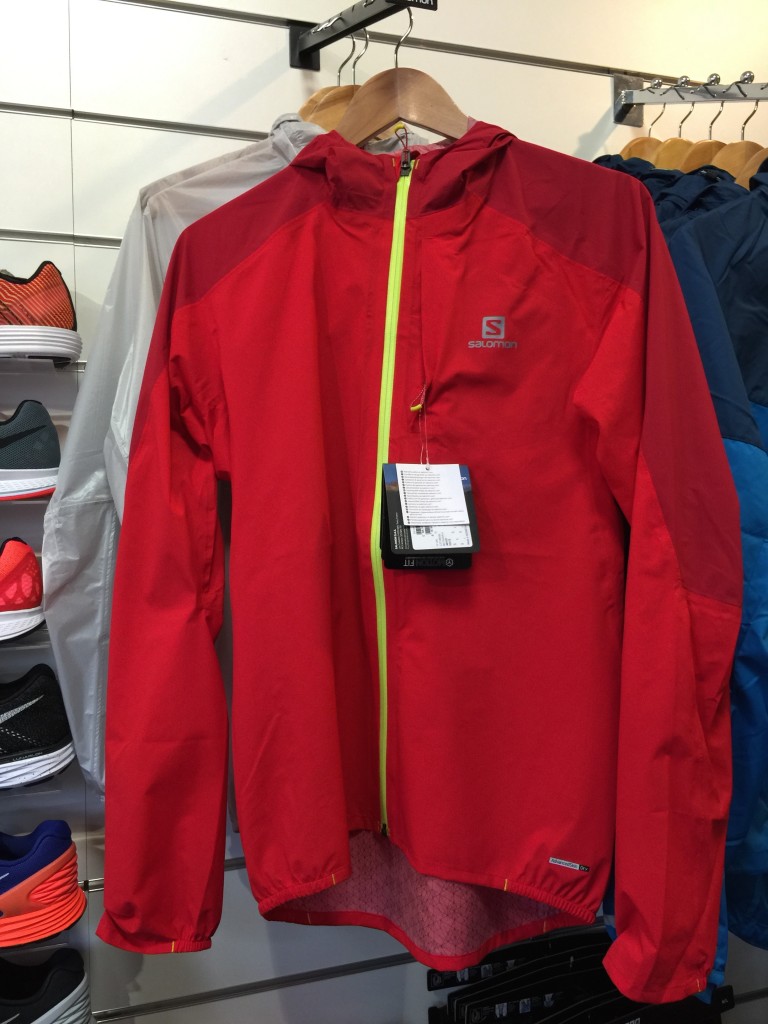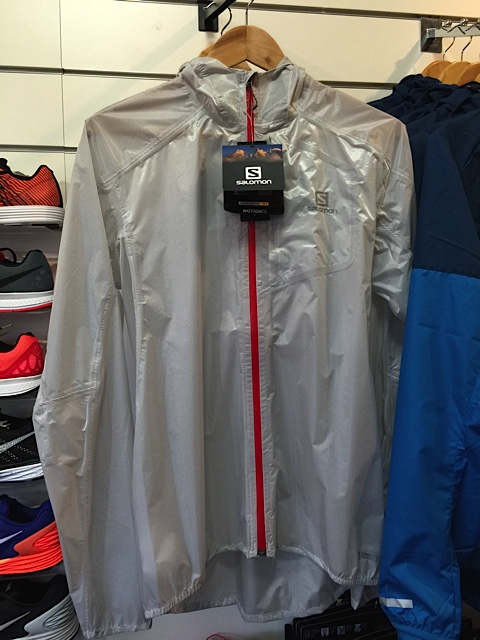2015- there isn’t much on this that needs updating, but new stuff will be marked
2015 update
Probably the thing I get asked most in person is ‘what tips do you have for me?’. Now truthfully I’m not a better runner than you. Anything I’ve got to share I’ve stolen from others or gained through studying the electrons on the internet. Terror will do that to you. Some of these things might work for you, some probably won’t. Be very careful about changing your race plan because of anything I write here- you need to be comfortable with your choices, and remember ‘nothing new on race day’!

Serfas Portal Sunglasses
I wear my sunglasses at night
This tip from Nick Weinholt was a big winner. I have 2 pairs of sunglasses, and at checkpoint 4 swapped my daytime pair for a pair from my checkpoint bag that had clear lenses. This worked really well for two reasons- in the cold it kept my eyes a bit warmer and stopped them streaming like a sad panda, and during leg 5 it meant I could run through the bush without worrying about getting hit in the face by branches. So in a way, it made me run faster! You’ll look like a bit of a wanker, but it’s night, hardly anyone will see you……
Papa’s got a brand new bag
You should buy a bunch of blue cool bags from a supermarket- or even better get some that look different from everyone else’s . You’ll need 3- one each for checkpoint 3, 4, and 5. Each will need to be labelled clearly with your race number so the race crews can put them in order (so you can find your bag when you hit the CP). You should also try to make it look a bit DIFFERENT from all the other blue bags- tie something on to the handle, like a piece of ribbon or even another plastic bag- but MAKE THEM ALL THE SAME SORT OF DIFFERENT so you can recognise them. Inside the lid of each CP bag have a list of stuff you need to do. If you have crew, MAKE SURE they go through the list before you leave the checkpoint- in 2012 I forgot to fill my bladder before leaving CP4, meaning I ran out of water on the longest leg of the race. This was because my wife was there to help me and I hadn’t planned on her being there, so I forgot to ask her to check the list. Completely my fault and it could have been a disaster. My bag notes look something like this
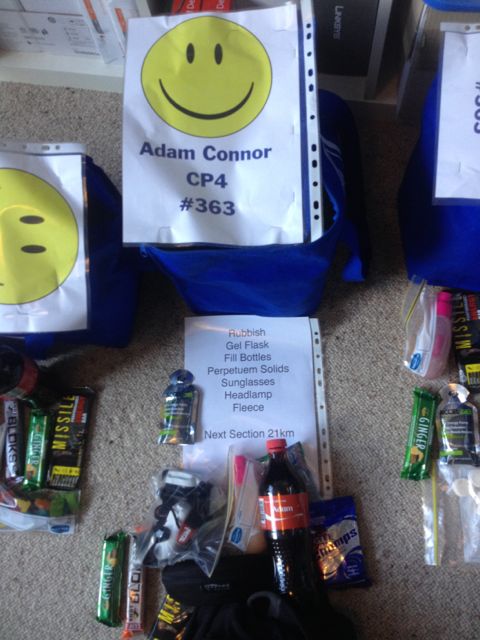
All that suff including the instruction sheet, goes inside the bag
The text is large so I can read in low light. I also have treats in each bag, so I’ll have a quick look inside to see if anything takes my fancy- WARNING- this did not work very well in 2013, I spent too much time looking at treats- just have one or 2 things in the bag that you would consider a treat and don’t buy the entire contents of Coles. Some of these items on the list are just guides rather than instructions- for instance there is no way I could have eaten fruit going out of CP3, but at least I got to consider it because it was on the list. Also dumping your rubbish in your drop bag will save you having to find a bin. Not a big deal, but could save you some time when you’ve completely lost your mind later in the race.
Bag Raiders
Pack a FINISH line bag. It should contain some food, warm clothes (your old trakky daks are FINE), a towel in case you get to have a shower, baby wipes in case you can’t stand the smell of your own body, deodorant, thongs or thick socks so you can take those vile shoes off, maybe some sparkling mineral water because you’re sick of soft drink, sports drink and water. Chocolate milk, first aid kit and a sick bag have all been suggested too….. Also include a couple of plastic bags to put your stinky crap in, if you’re really chatty a mobile charger or external battery so you can wake up your folks at 3am and tell them how you did. You may be too wired to sleep- hang around at Scenic World and chat to strangers like me. Don’t include anything valuable- I’ve never heard of anyone stealing stuff at this event, but it could happen one day. Stick 20 bucks in the bottom of your running pack so you can buy something at the end if you want.
Keep Warm
I thought I’d be really smart and use cycling style arm warmers for the early part of the race when it is often very cold. It’s a great theory, but didn’t work in practice because the arm warmers have some rubber at the top to keep them from slipping off, and this rubbed my arms raw. UPDATE- I used them again in 2013, and simply turned the rubber bit at the top inside out. This worked quite well and I am likely to do this again in 2014. Also the 2 bits of clothing you want to have in large sizes are your reflective vest, and your rain jacket. You don’t really want to have to take your pack off to put either of these on, and indeed the reflective vest MUST be visible over your pack, so make sure you haven’t got a midget version. I’m most comfortable running in a singlet, and can do this at temps down to about 10 degrees, but in 2011 the temp never got above 6 degrees even though the sun was shining. Have a plan, decide what you are going to do if it is cold and wet. My big problem is I hate having sweaty underarms, which means T- shirts are not ideal. Maybe I can wear a second singlet under my NRG top- I could use the 2010 Six Foot one, it’s about the size of a postage stamp! UPDATE- wearing 2 singlets did work well to keep my core warm. Test your clothing, you only need a tiny problem to make your clothes dig a hole into your flesh over 100km. Trust me, that’s not fun. For instance- I now know that the seam on my compression shorts will take bits of flesh out of my back after a 100km run, so I have to tuck my singlet into my shorts. It’s not a fashion parade……
2015 update– I will most likely wear 2 race singlets to keep my core warm and the arm warmers if it’s under 10 degrees at the start. I can pull them off and tie them to my pack easily and dump them at CP3.
The Race
Buy a race number belt, or even better a SpiBelt with race number holders. you may need multiple clothing changes during the race and it is a requirement that your race number be visible at all times. Having to move all those pins with freezing or tired hands is not going to be fun
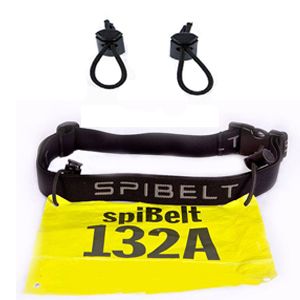
Energy 52
Eat early and often. Don’t let your energy levels drop. On a normal run I’ll probably have my first gel at 8-12km. Race day I will be eating at 5km and about every half hour after that. But don’t eat too much- in 2012 I ate quite a bit of macaroni and cheese at CP3, then couldn’t run some of the easiest bits up towards Nellie’s Glen- that mistake cost me up to 30 minutes. In 2013 I ate the same food, but less of it and still had problems. Will try boiled eggs in 2014, they’ve been good in other races like GNW.
2015 update– I’ve been training to run without a lot of sugar recently, so my main race food this year will be Hammer Perpetuem. I’ll supplement this with muesli bars, food from the course and a bit of beef jerky in my drop bags. It’s hard to chew, but comes in small pieces.
Silence
Later in the race you’ll probably spend a bit of time on your own. There’s always plenty of people around, but perhaps all the people going up the stairs are too slow for you. I will have my headphones around my neck and connected at the start of the race so I don’t have to fiddle around in the dark if I want some tunes. I’ll be listening to a few trance podcasts by John ‘OO’ Fleming. These can be downloaded for free from iTunes or choose something else that you might like more. One of the reasons to choose this style of music is because it has the right cadence to keep your legs moving a bit faster than normal. Warning- the RD has instituted rules around the use of iPods, make sure you read them and comply. No iPods at all in Leg 1, See point 4 in the event rules.
2015 update– I’ll be wearing cordless bluetooth headphones this year
Fade to Grey
If you’re feeling like crap (and you will!) you need to have the presence of mind to recognise it and take action. This is the difference between a finish and a DNF. In my limited experience you need 4 things. Look at your fingers and repeat after me ‘sugar, water, salt, caffeine’. Attach those words to your fingers in your mind. Do not forget them. When you feel bad, look at your fingers and repeat ‘sugar, water, salt, caffeine’. You need at least one of these things. Have it and you WILL feel better. Usually for me it is sugar…….at a recent run I had a coke at the halfway mark and immediately felt better and went on to finish a run that I didn’t think I could. Think about it- Coca Cola has 3 out of the 4 essential ingredients!
Relax
Spend as much time as you need in checkpoints, but no more. In 2011 I got into CP4 and told my wife I was quitting. She told me not to quit straight away. After spending nearly an hour in that CP, I felt better, got up and went out and finished. The key thing here is that I would not have finished if I’d gone straight over to the desk and quit. I wasn’t really injured, and taking that time allowed me to get back some energy. But the biggest tip I can give is GET OUT OF CP4. That’s right- if you can get out of the aquatic centre you’ve just committed to the longest unsupported leg of the race (CP5-Finish is longer but has water), once you get down the Giant Staircase there is no turning back until you get to CP5, Queen Victoria Hospital. And of course once you get to CP5 you’ve only got 22km to go… this is going to be mentally challenging but go on, do it!
2015 update– CP4-5 is probably the most difficult section of the new course. Now that the Giant Staircase is out of the way, it’s still going to be a struggle to leave that nice warm stadium. Beware the chair!
Welcome to the Pleasure Dome
When you get back to Scenic World, get some warm clothes on and EAT SOMETHING. I forgot in 2012 and my wife woke up to me looking for food in my drop bags in the dark. Congratulations, you’ve just completed the North Face 100, you awesome person you!
The actual running bit
(this extra stuff is from a second post last year, but it really belongs here…..)
All organised? Me too, sort of. However I’ve stolen a few more bits of running lore to share, and here they are-
I can run faster than Jane Trumper (sometimes), but why does she beat me in Ultras? Because she never stops! One thing I’ve learned very clearly is this- you can change your clothes, get food out, apply sunscreen, eat and vomit all while moving. Plenty of times I’ve been surveying all the great food at a checkpoint and Jane’s already gone. If you need an aspirin, get it out before you hit the CP, undo your pack as you cruise in, run through your mental checklist- but BE READY.
Once again- MAKE A PLAN BEFORE YOU HIT THE CHECKPOINT!
Clues you are about to hit a Check Point
CP1- at the top of the Golden Staircase you run up Narrowneck for about 1km into the CP
CP2- There’s a gate across the fire trail a few hundred metres before the cruel descent into CP2
CP3- You climb over a stile off Megalong Valley Rd and run through a field for a bit before hitting CP3
CP4- You exit trail and run along the road (civilisation!) before hitting CP4 (apx 2km?)
CP5- You’ll probably hit this at night, you’ll see it and hear it. You’ll be running down Kings Tableland Rd for several km and you’ll see light and a hive of activity
If you feel like stopping, run through your finger checklist- water, sugar, salt, caffeine. Usually having one or more of these will help you. Don’t slow down and feel sorry for yourself, take action!
Walk the hills- you need to run/ walk at well below your threshold. If you’re gunning for a sub 14 hour time I can’t help you because I’ve never done it! I will be attempting it this year, so let’s see how that goes…….
Concentrate on your speed while walking. Jane Trumper walked up Kedumba with me in 2011 Mt Solitary race. Or I should say we started at Jamison Creek together. She walked with a purpose, I walked while feeling sorry for myself. She beat me to the top by 22 minutes over 8.5km- this can make a HUGE difference to your race.
Talk to someone. If you can push each other along, there’s no reason not to have a chat- ultra runners are very friendly people. But the moment you think you can go a bit faster, make a move- stopping to chat is now costing you time. As Nick Weinholt puts it- ‘I came here to race, not to chat!’
Dead Eyes Opened – Another Nick tip is not to look into the eyes of those who have failed for too long for fear you will be brought into their world. You can’t help the people in Medical, leave them to the experts.
Conversely, if someone needs help on the course, give it! In 2011 a guy asked me for electrical tape coming up Kedumba. What he actually wanted was blister patches, and I had heaps. It was like the best Christmas ever…….. Oh, and if you need something, ask! I ran out of water up Kedumba in 2013 and another runner donated a whole flask of sports drink. I’ll be forever grateful, and I still have no idea who that person was.
Are you injured? No? Keep going. ‘But I feel like shit’. Figure out what you need, have it and keep going. ‘My legs hurt’ Yes, well stopping now won’t make them hurt less, and they WILL carry you to the end if you ignore the pain. ‘But I still feel like shit’
Here’s a teaspoon of cement princess, now HTFU. Bernadette Benson, female winner of the 2013 Coast to Kosciuzko Ultra (yes 240km) said the thing that annoyed her the most was the medic kept coming up to her to ask how she felt ‘It’s irrelevant how I FEEL’ she said. I’ll never be that tough!
Repeat your mantra. You’ll see this one all over the internet, but the one I use is ‘relentless forward progress’. Just 3 words to keep you going. Repeat them, explore them, make them resonate, feel the power, keep going!
You need to run upright to make your breathing more efficient, so put your headlamp a bit further down your forehead so you don’t hunch over while running to watch the ground.
When you’re tired, concentrate on your running form. Work those arms back to front (not in front of you!) breathe a little deeper, head up, get your rhythm back.
I’ve talked a lot about how to go faster, but the key goal here is finishing. If you need to, take a break. You’ve got 28 hours to finish. Don’t stress about the time. If it will get you to the end, spend an hour or more in the checkpoint. Do what you need to do to finish.
That wasn’t a drop bear, you’re just hallucinating.
If you have any questions, please post them on the FaceBook page and we’ll get them answered!


